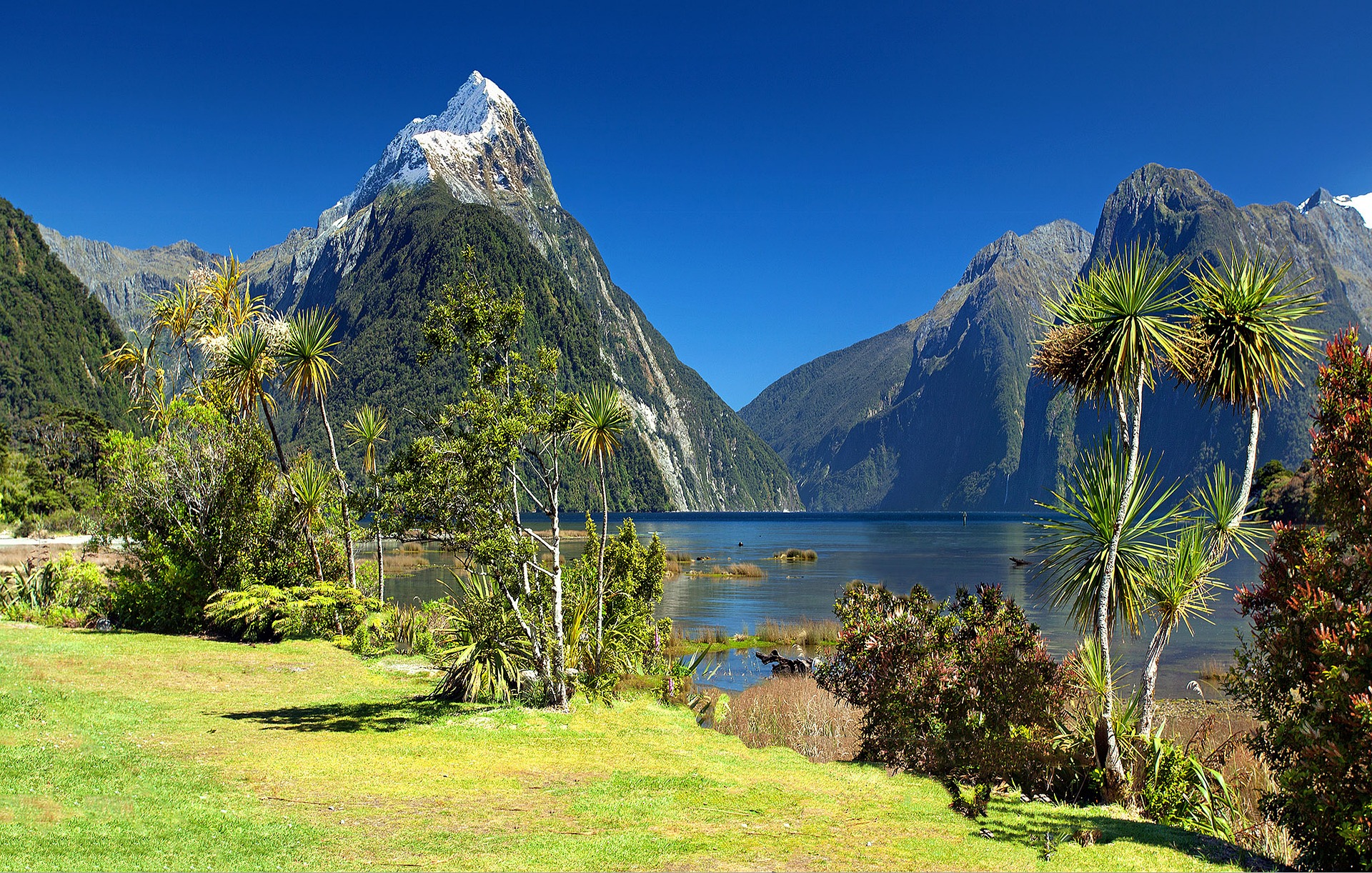
Ōtautahi – A comprehensive assessment of New Zealand’s environment shows improvements in some areas, but continued reduction in many aspects of environmental quality.
The state of NZ’s environment report finds new consequences for human health and wellbeing.
The report, produced every three years by the Ministry for the Environment and Stats NZ, draws on nearly 50 environmental indicators, including 11 updated specifically for the report.
The study found pressures of land use change and intensification, pollution, invasive species, and climate change were having detrimental impacts on the environment.
New Zealand’s rare ecosystems and indigenous species are under threat with 94 percent of reptiles threatened with extinction or at risk of becoming extinct, and nearly three-quarters of terrestrial birds threatened or at risk.
The area of highly productive land that was unavailable for agriculture increased 54 percent between 2002 and 2019.
New Zealand’s climate is warming, glaciers are melting, and sea-levels are rising. Air quality in Aotearoa is improving slowly at a majority of measurement sites, but in many places pollution levels are above the new World Health Organisation 2021 guidelines.
The report showed evidence on increasing frequency of short-term droughts in some places, with flow-on effects to other parts of the environment and human endeavours.
The broad picture revealed the health of the environment is deteriorating significantly. Environmental indicator data underpinning the report comes from local and central government, crown and independent research institutes, industry associations, and in a small number of cases, international sources.
The report brings together previous reports, the latest environmental indicators, and peer-reviewed scientific literature.
It has been rigorously examined by scientific and statistical experts, ensuring that the information is accurate and trustworthy, Stats NZ says.
The independence of the environmental reporting programme is critical for ensuring the trustworthiness and credibility of environmental reporting.
The primary purpose of the report is to provide New Zealanders with the evidence-based information they need to consider in any decisions about their environmental impacts and New Zealand’s future direction.
The report follows closely in the wake of the greenhouse gas inventory report and comes ahead of the planned release of New Zealand’s emissions reduction plan and draft national adaptation plan.

